The Convair F-112 Delta Spear is a large, long-range, Mach 3+ interceptor that served with the United States Air Force from 1972 to 2002. The Delta Spear is capable of cruising at very high altitudes. It was used frequently to intercept Soviet aircraft approaching the US.
ORIGINS
America had wanted an interceptor capable of Mach 3 flight for some time. Convair's F-106, the "Ultimate Interceptor", failed to meet expectations. Soon after, the U.S. Airforce looked into replacing it. None of Convair's designs, all developments of the F-106, never came off the drawing board.
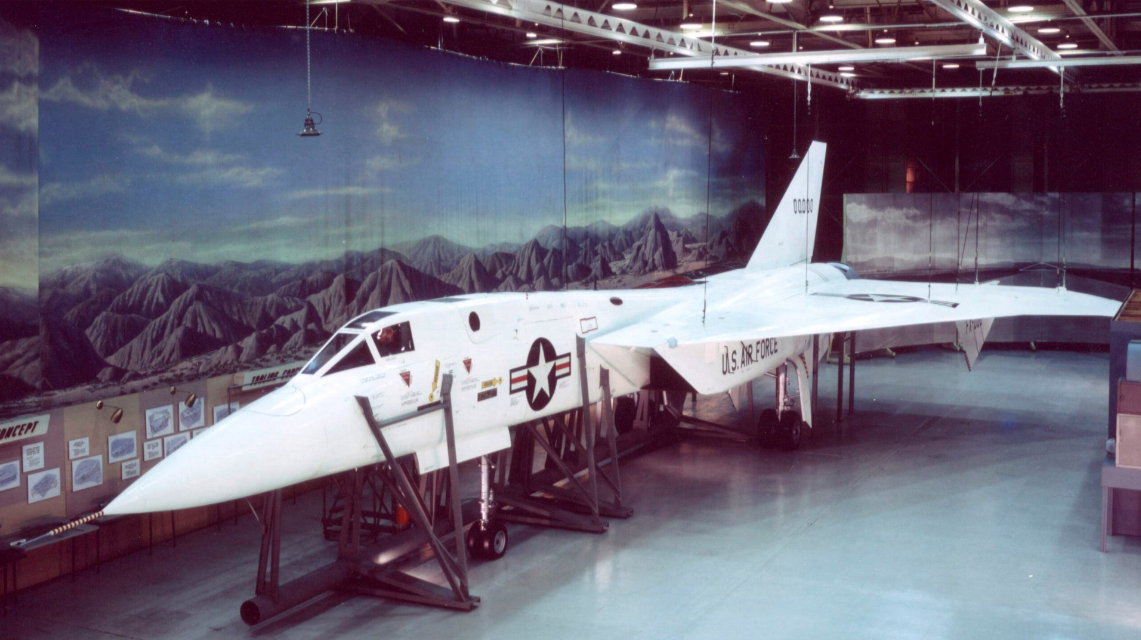
In the late 50's, North American Aviation designed the XF-108 Rapier. The Rapier was to be an Mach 3 capable, high-altitude interceptor also as a escort for North American's XB-70 Valkyrie bomber. The XF-108 only existed as a wooden mockup when the Department of Defense cancelled it in 1959 due to lack of funds and the fact that the Soviet Union had adopted missiles as their primary means of attack.
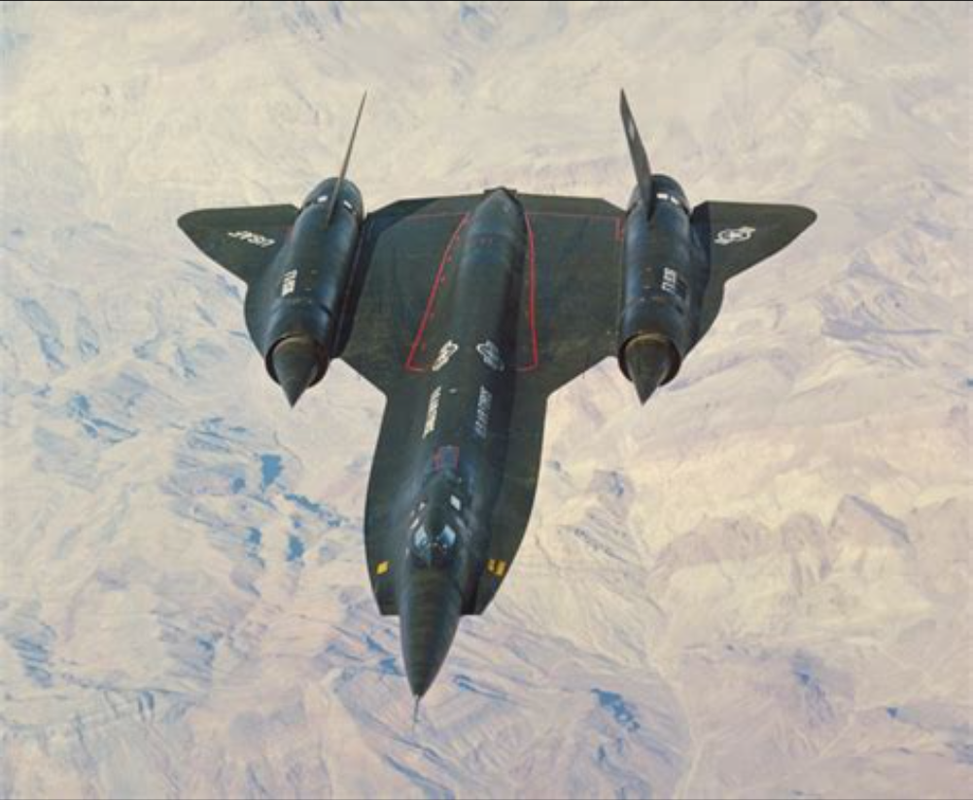
A design that really interested the US Air Force, however, was the Lockheed YF-12. It was capable of cruising at 2,000 miles per hour at 80,000 feet, could detect bombers at around 100 miles away, and carried the new Hughes AIM-47 Falcon missile that could hit a target at a distance of over 100 miles. The YF-12 was modified over time to make it fly better. It looked very promising, and the then-Air Defense Command ordered 93 improved F-12Bs with more powerful radars.
However the F-12 was suddenly canceled in 1968 because of Secretary of Defense Robert McNamara's decision to hold back funding for three years due to the Vietnam War and updated intelligence that deemed that the F-12 was no longer needed.
THE DELTA SPEAR

Production version with General Electric J94 engines and Hughes AN/APG-63 radar. Capable of Mach 3 flight.
F-112C
1980 upgrade with AN/AWG-9 radar and the ability to carry AIM-54 Phoenix missiles. All but 10 converted.
SPECIFICATIONS
Top speed: 2,254 mph (lore)
~2,100 (in-game)
Powerplant: General Electric J94 engines with 15,500 lbs. thrust dry, 35,000 lbs. thrust wet
Avionics: Hughes AN/APG-63 (F-112B), Hughes AN/AWG-9 (F-112C)
Armament: 6× Hughes AIM-47 Falcon air-to-air missiles (F-112B) Hughes AIM-54 Phoenix (F-112C, AIM-54A 1980-1986, AIM-54C 1986-2002)
INSTRUCTIONS
AG1: drag parachute
AG2: afterburner.
In Aerospace Defence Command Grey, instead of Very Very Light Grey.
I hope you enjoy this "What If" build. 😀
Credit to Leehopard for the plane, and and BurkeAircraft1 for the AIM-47s.
P.S. I will be doing edits on the description over time.
Specifications
Spotlights
- Trainzo 2 months ago
- ACEOFFICERS 2 months ago
- Zaineman 2 months ago
General Characteristics
- Created On Windows
- Wingspan 62.0ft (18.9m)
- Length 97.8ft (29.8m)
- Height 34.1ft (10.4m)
- Empty Weight 49,761lbs (22,571kg)
- Loaded Weight 106,481lbs (48,299kg)
Performance
- Power/Weight Ratio 2.216
- Wing Loading 47.5lbs/ft2 (232.1kg/m2)
- Wing Area 2,240.2ft2 (208.1m2)
- Drag Points 2566
Parts
- Number of Parts 366
- Control Surfaces 6
- Performance Cost 2,298

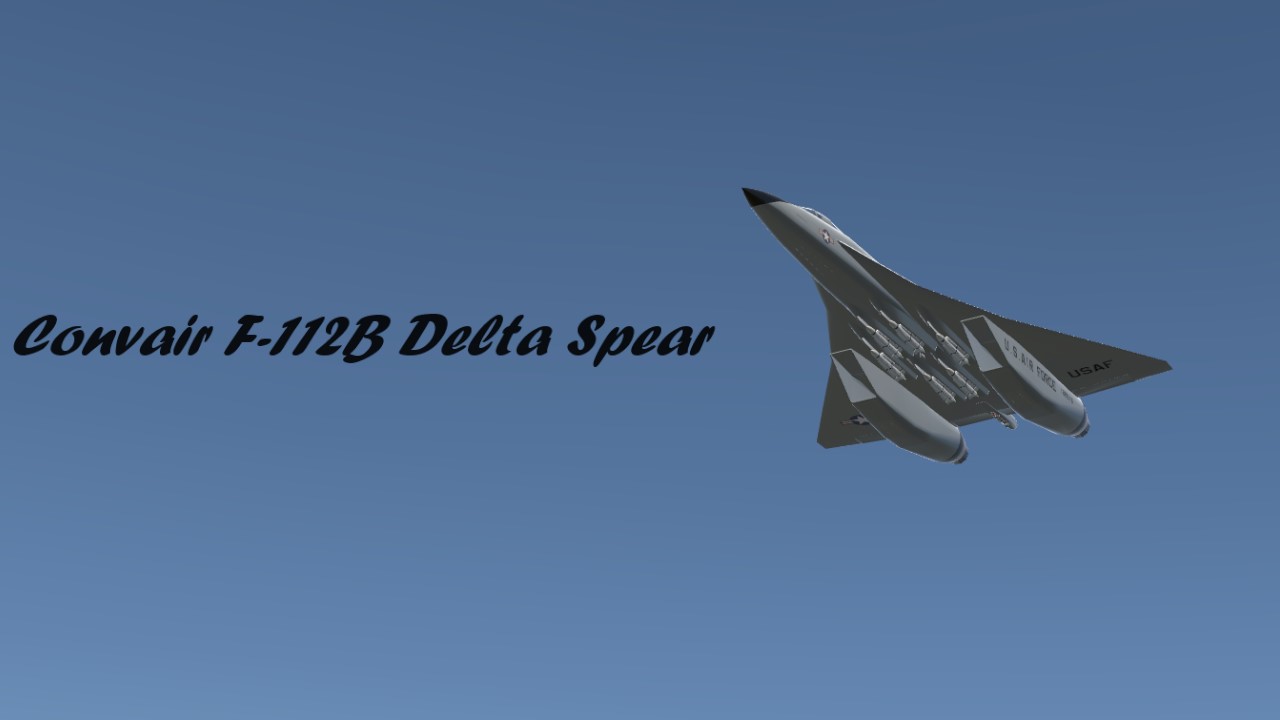

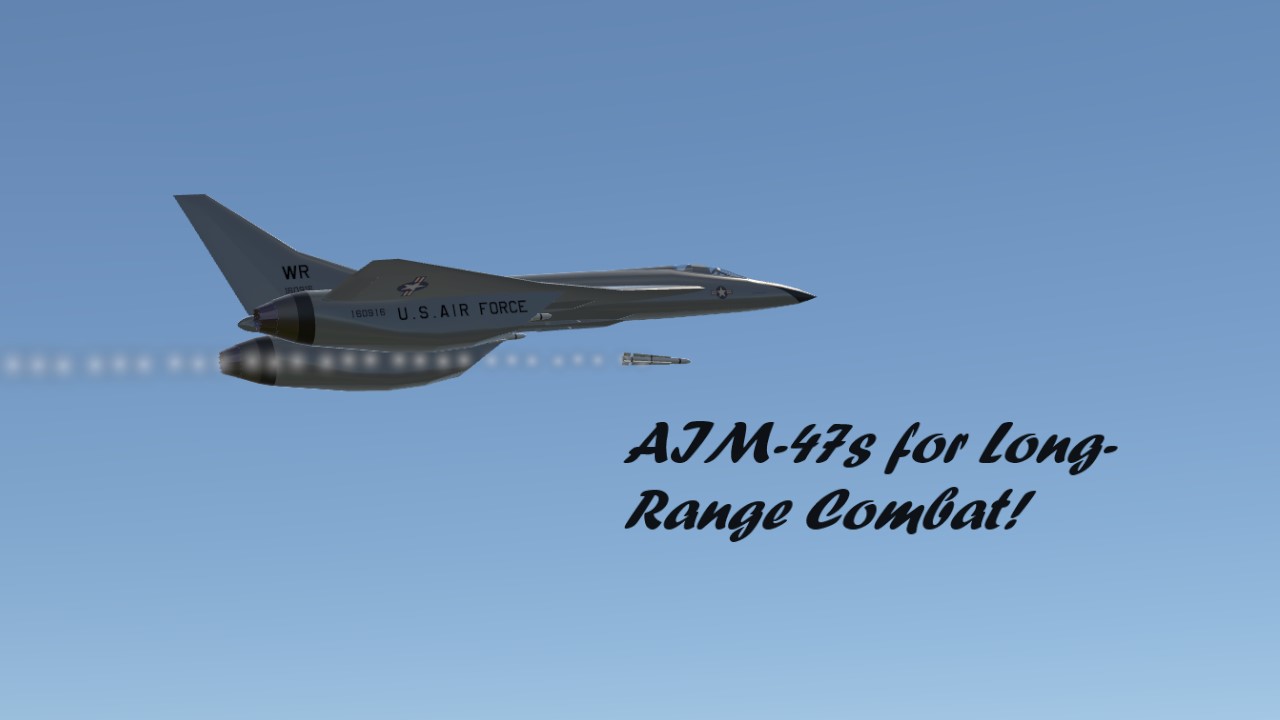
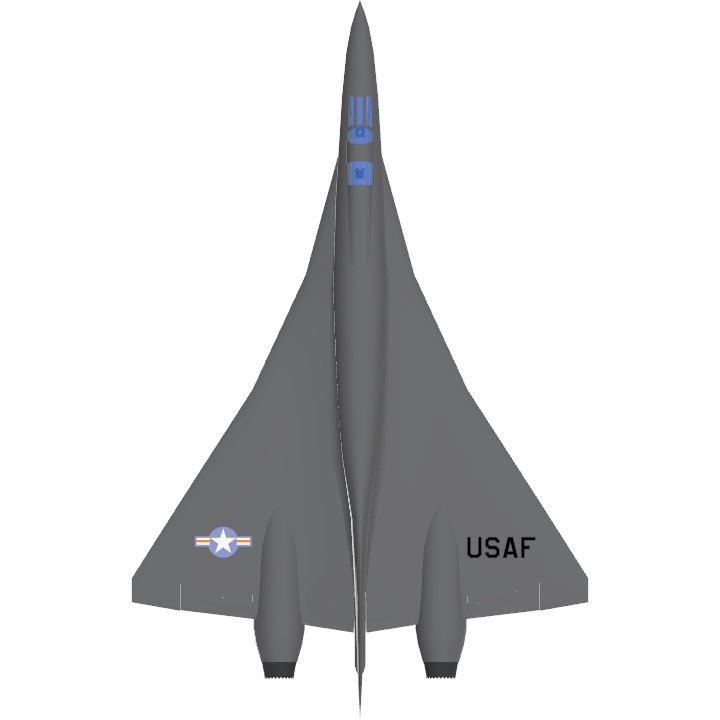
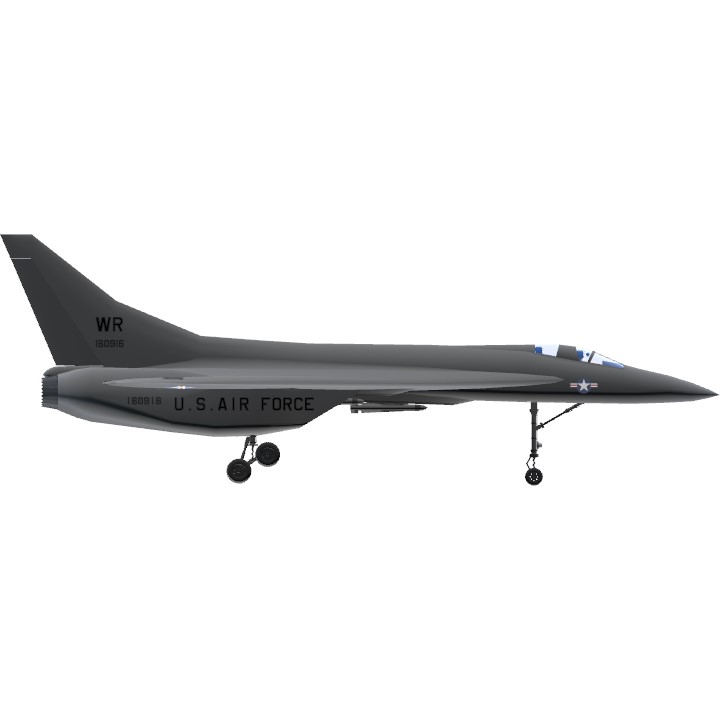
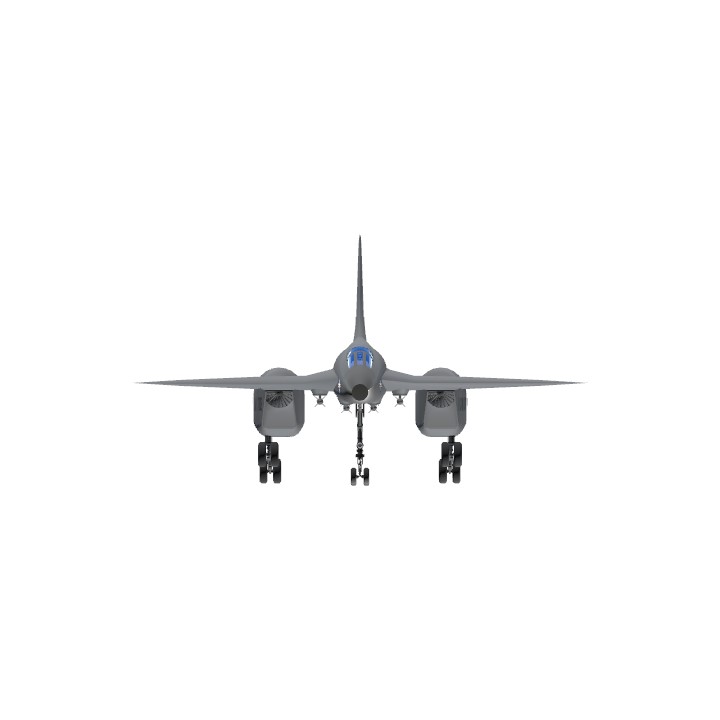
Yes, I just thought that up in my head.
THANKS FOR 15 UPVOTES!
THICC engines
@AF1 I gave it AIM-47 Falcons, countermeasures, a brake parachute, and painted it in Aerospace Defense Command Grey. I increased the power of the VTOL engine so it would go over Mach 3 at high altitude. I also changed the labels and the activation group of the afterburner to 2 so they are now toggleable.
uhhh what did you change?
@jumped Where's the W and Pinocchio?
@jumped Never mind..... 😁
@TheAviator77 why no download?
I guess you don't care Andrew. Sigh.
I love it :)
10/10
@AndrewGarrison check this out
@Trainzo Merci
Very nice plane .
@jumped Hey jumped don't download this
@Christiant2 Thank you
Good job this looks sick!